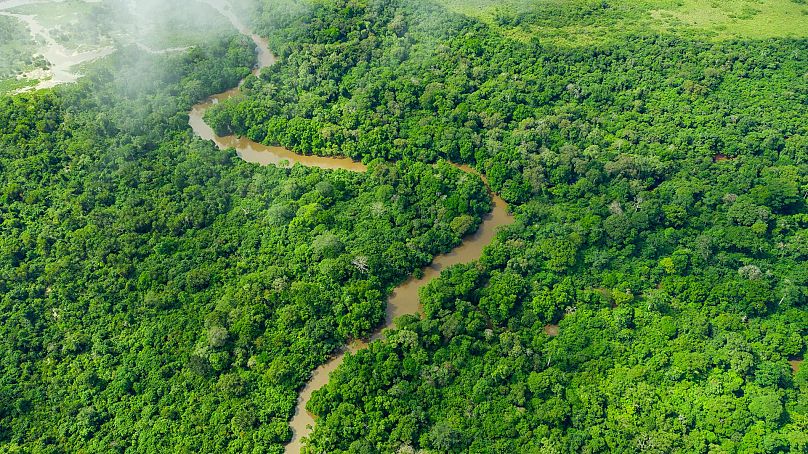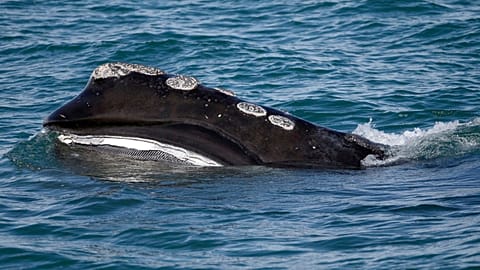During the process of photosynthesis, trees naturally absorb carbon dioxide from the atmosphere. Rainforests act as important 'carbon sinks' stemming global heating.
The Congo rainforest is the planet’s most important “lung,” new data has revealed.
The world’s rainforests absorb huge amounts of carbon dioxide, slowing down global warming.
According to researchers at the University of Ghent, the rainforest in the Democratic Republic of Congo is the most important rainforest carbon sink in the world - more important even than the Amazon in South America.
The built a 57 metre ‘climate tower’ in the middle of the Yangambi river basin, a UNESCO biosphere reserve.
The calculations are not yet conclusive, but preliminary data shows massive carbon dioxide absorption rates, says Pascal Boeckx from the University of Ghent.
“The calculations are not yet final but we now are at approximately 5 tonnes of CO2 per hectare and per year,” he said.
That's almost twice as much as in a Belgian forest and it's even more than the CO2 uptake in the Amazon forest, he claimed.
How do forests act as carbon sinks?
During the process of photosynthesis, trees naturally absorb carbon dioxide from the atmosphere. Trees also emit carbon through their roots and trunks, but this is dwarfed by the amount they absorb.
Every year, the world’s forests absorb a net 7.6 billion metric tonnes of CO2.
When forests are logged, they release this carbon. Recent research found that the world’s forests sequestered about twice as much carbon dioxide as they emitted between 2001 and 2019. But if logging intensifies, this balance will shift.
For example, the Amazon river basin absorbs around 1.2 billion tonnes of CO2 per year - only a little more than the 1.1 billion tonnes emitted through logging.
What does a ‘climate tower’ do?
A climate tower measures just how much carbon dioxide a forest is releasing.
The tower in the Congo is 57 metres tall, with the top reaching 25 metres above the canopy.
"We measure the CO2 that comes out of the soil. We also measure the CO2 that comes in and out of the leaves, so from the whole of the forest, and how much CO2 comes out of the trunk,” says Roxane Daelman, a mathematician at Ghent University.
“So we can have an overall picture of what is really happening in the forest with the CO2 level."
From high in the trees, you can measure many different things, says Fabrice Kimbesa, the Flux Tower chief technician.
"As you can see, we are measuring the CO2, the atmospheric moisture content, at different levels of the forest, from the bottom of the forest to above the canopy."



















